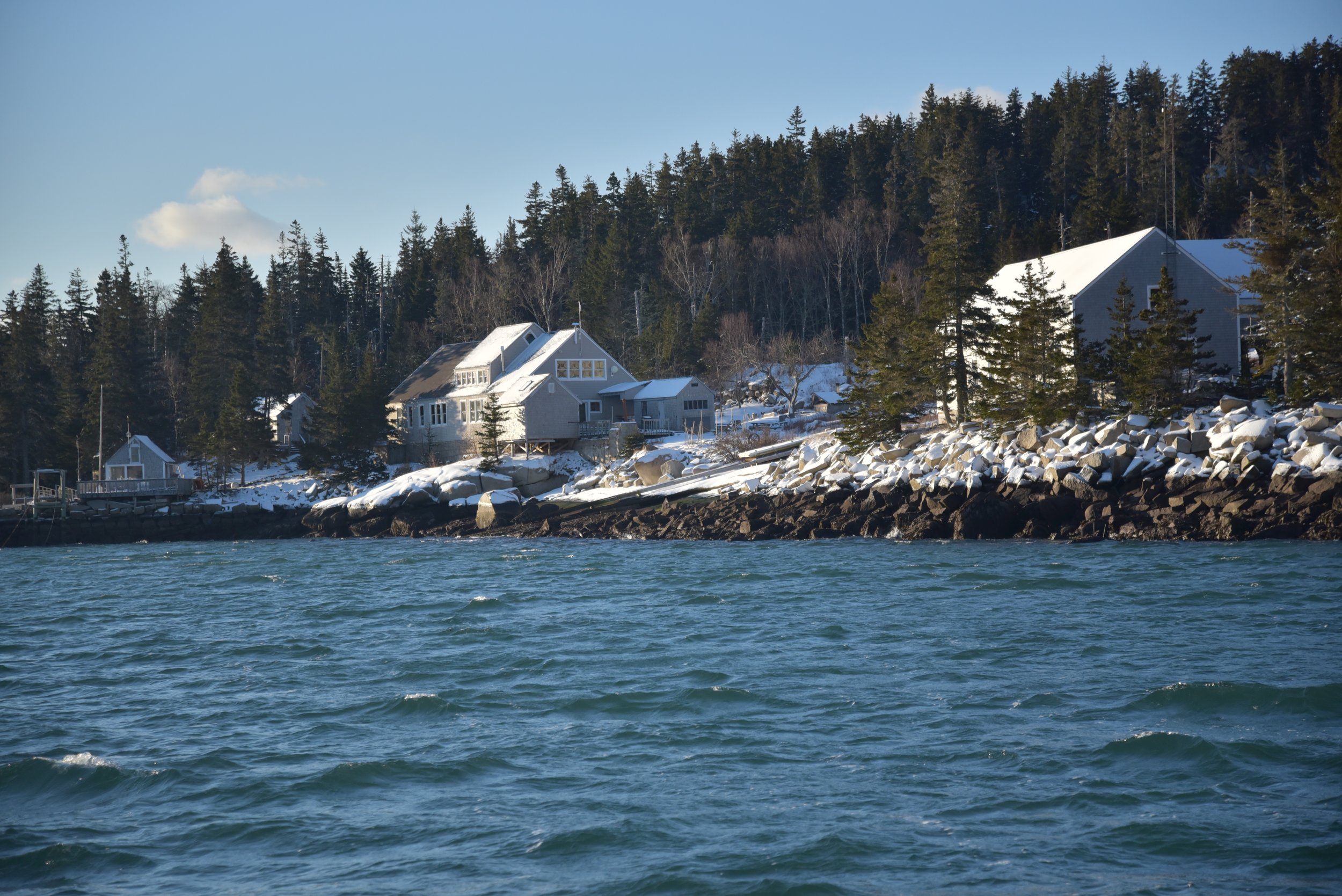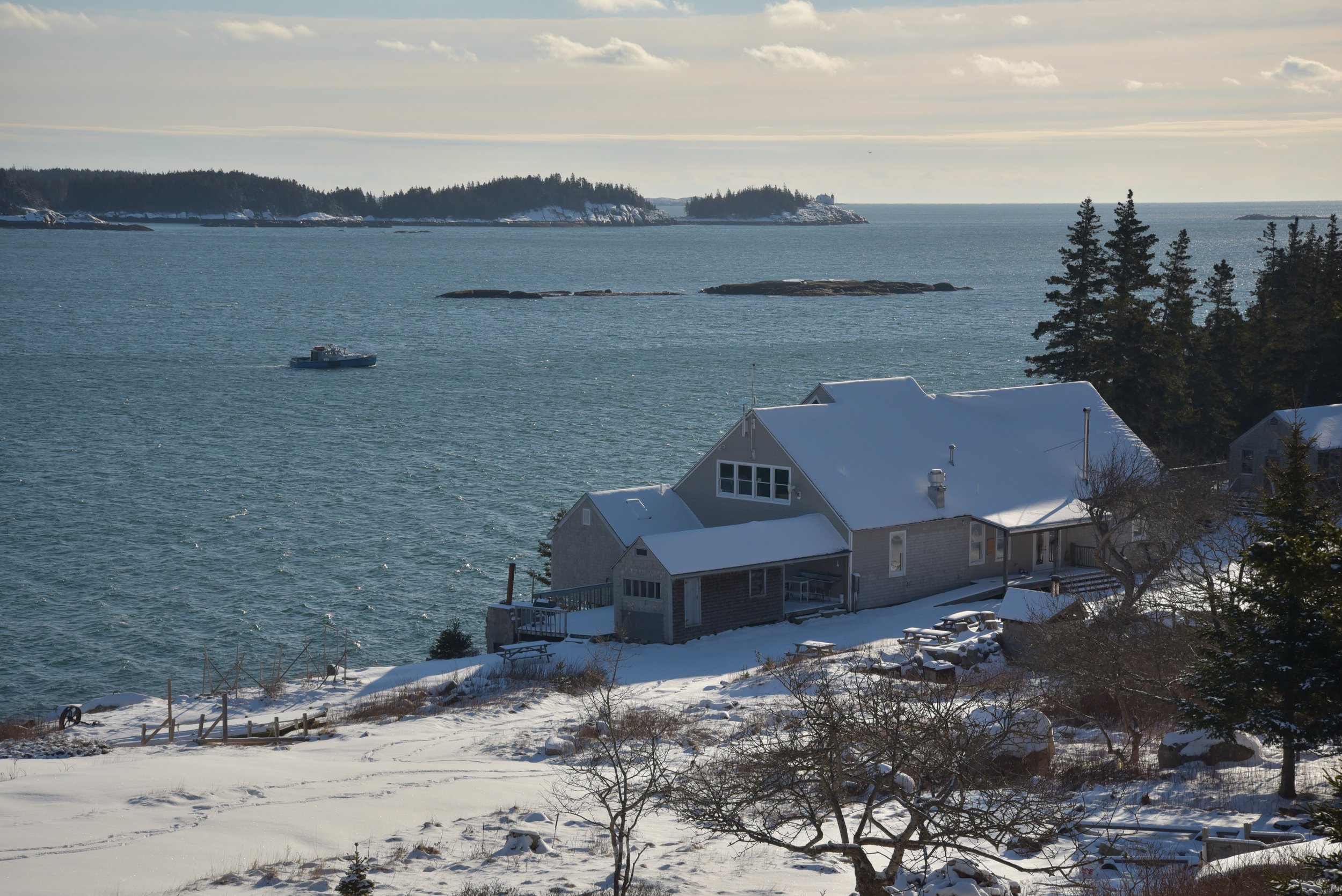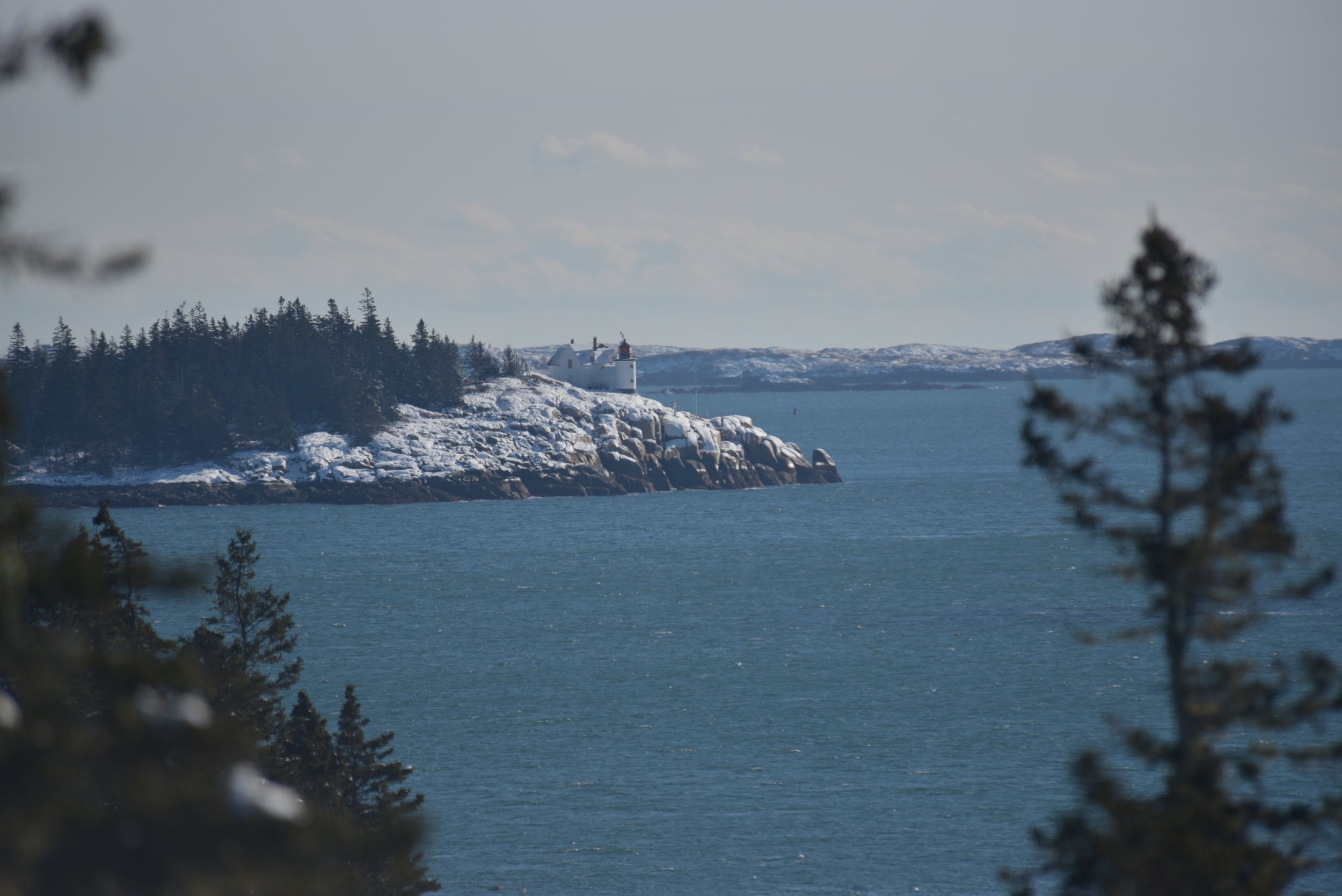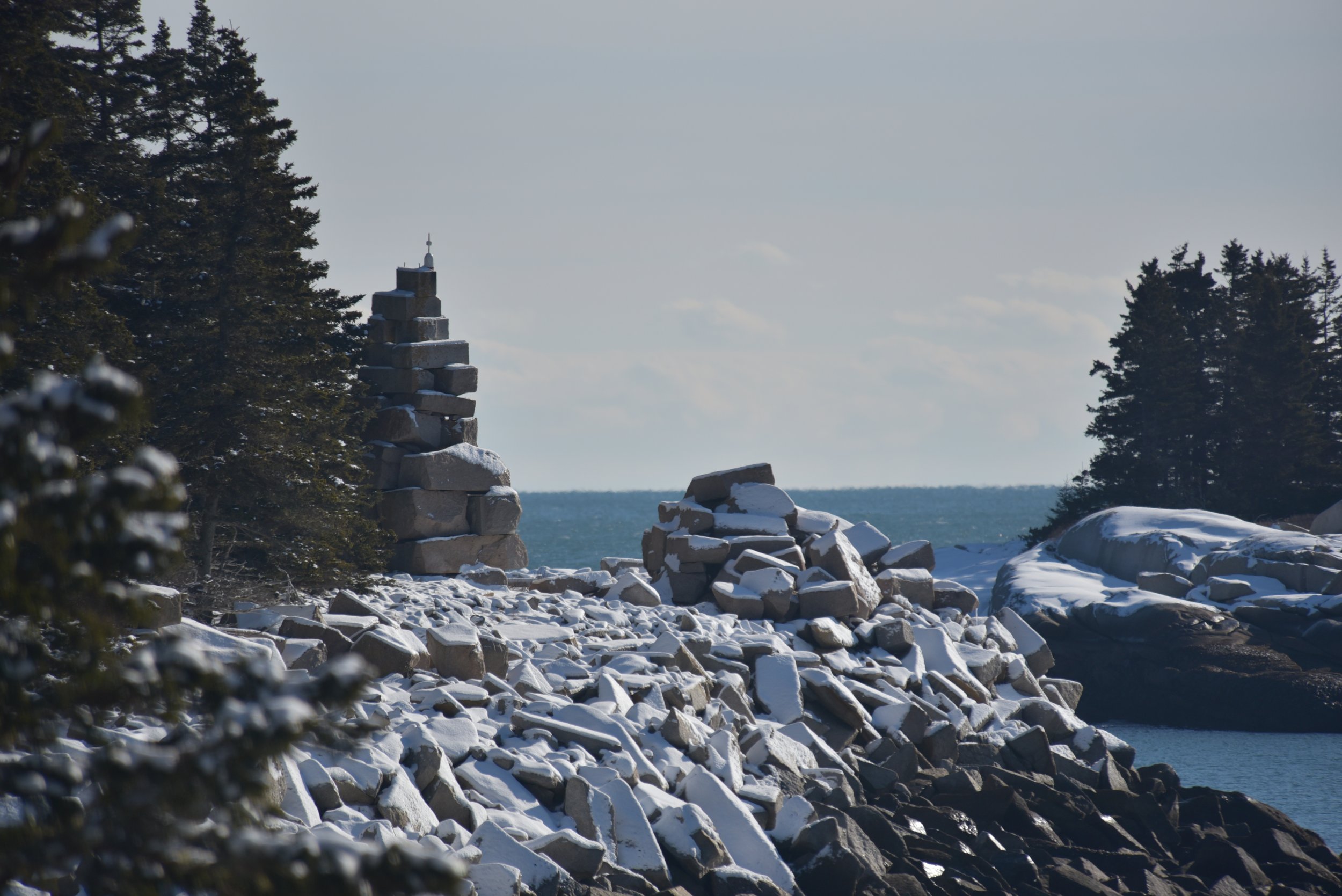By Phoebe Jekielek
We are lucky to be on Hurricane Island. We are lucky to be in Penobscot Bay.
We are lucky to be in Maine.
We’re lucky for many reasons, but one of my favorite reasons is all of the opportunities we have for collaboration with local aquaculturists, fishermen, resource managers and other organizations to answer locally-relevant questions. For example, we recently partnered with Dr. Carla Guenther from the Maine Center for Coastal Fisheries and Dr. Caitlin Cleaver from Bates College to apply for funding to the Atlantic States Marine Fisheries Commission (ASMFC). And guess what, we got the funding!
Figure 1: Spat bags ready to be deployed
The Atlantic States Marine Fisheries Commission (ASMFC) is an interstate initiative that unites states along the eastern seaboard in the joint effort and shared vision to realize a sustainable and cooperatively managed fishery. Since the 1940s the Commission has served to coordinate the promotion and protection of the fishery through collaboratively overseen conservation and management practices, including through the disbursement of highly competitive grants.
Many of you are familiar with the spat collections efforts we’ve been doing around Muscle Ridge and Hurricane Island for a number of years (check out previous Research Intern Hallie Arno’s blog here). Our project is titled “Toward resolving wild sea scallop (P. magellanicus) larval spatial and temporal distribution along the Maine coast in support of developing scallop aquaculture.” The funds awarded by ASMFC support a community-based collaborative project that engages fishermen and farmers in a pilot investigation to determine patterns of larval abundance and distribution along the Maine coast.
The initiative has the goals of:
Evaluating the variability in scallop larval supply
Developing a low cost monitoring and data management system
Strengthening relationships between fishermen and farmers as they team up to understand a resource upon which they both depend
Providing authentic education experiences for high school and undergraduate students
Determining patterns of larval abundance and distribution requires expertise from fishermen and farmers, oceanographers, marine ecologists and resource managers.
Figure 2: Example of spat sorted from spat bags on Hurricane Island.
We worked with local scallop growers and fishermen to identify sites to deploy our spat lines in Casco, Muscongus, Jericho, and Narraguagus Bays. Each transect has ten lines deployed and each line line has 10 bags on it and a temperature logger, two lines in each transect have salinity loggers. Most of the lines were built on Hurricane Island by the Research Team and handed off to the fishermen who deployed them from their boats. All of our lines were deployed by October 1 and we’ll be retrieving this first set of lines at the end of January while deploying a whole new set to be retrieved in April. This will give us an idea of the seasonal variability of spat supply along the coast. When we retrieve them, we’ll have around 400 bags to sort through! But don’t worry, we’re working with the Eastern Maine Skippers Program and other local schools to help us sort the bags, count the baby scallops, and identify other species that settle in the bags.
Figure 3: Map of sites with deployed spat lines for this ASMFC-funded project.
This has truly been a collaborative effort that has required communication, coordination, and lots of logistics along the entire coast. The efforts of the fishermen, farmers, researchers and managers who have been involved illustrate the commitment to a cooperative approach to research, one that integrates knowledge from all of these stakeholders with a common goal of supporting our scallop industries. Stay tuned as we approach our first spat line retrieval…there will be a lot of scallops to sort!




























